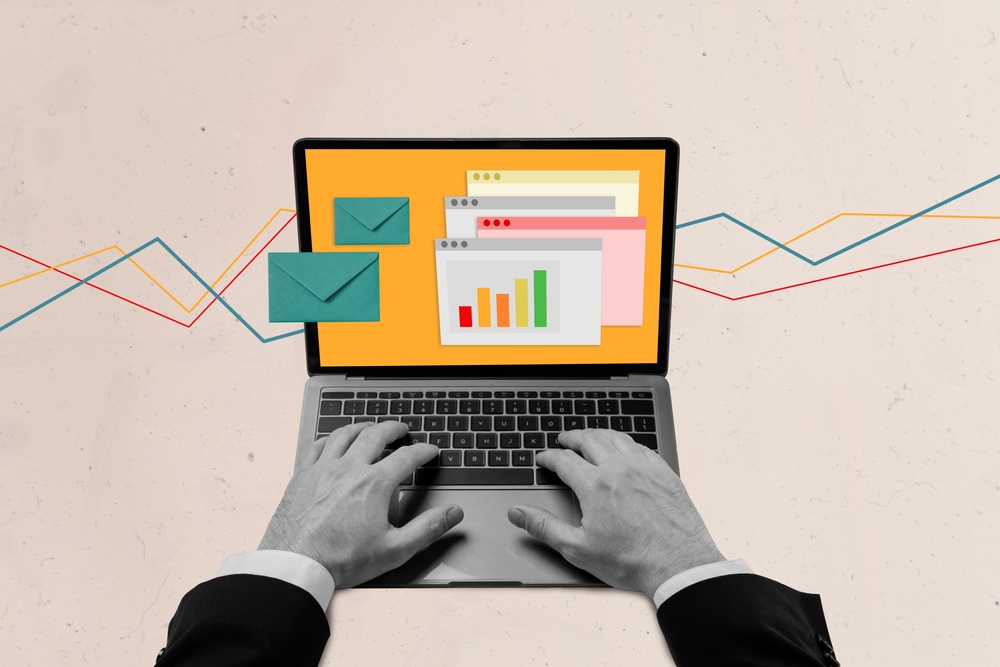
As digital marketing continuously evolves, email remains one of the most powerful tools for B2B lead generation. With the right approach, email can drive highly qualified leads, engage decision-makers, and build long-term business relationships. This guide highlights innovative B2B email strategies designed to yield measurable results. Each tactic here is optimized for those seeking to make strategic choices that impact growth.
B2B email marketing has become more sophisticated, leveraging data insights, automation, and hyper-targeted content. Modern strategies aim to create a more engaging, personalized experience that resonates with potential clients. Here’s why email continues to be an essential lead generation tool:
Before diving into specific tactics, it’s critical to recognize the need for a well-organized email marketing campaign management system, which provides the foundation for each tactic.
Artificial intelligence (AI) has become central to email marketing, enabling a level of personalization that wasn’t previously possible. AI can segment audiences, predict customer behavior, and personalize email content in real-time, making it more likely that the message will resonate.
AI-driven tools analyze previous interactions, engagement rates, and behavioral data to create detailed buyer personas. For example:
Using AI, companies can develop highly personalized emails that make recipients feel seen and understood, significantly increasing engagement. For insights on getting started with AI-powered segmentation, check out our guide to marketing automation.
Interactive elements within emails engage users by encouraging actions directly within the email body. This can include embedded surveys, live polls, or gamified content that adds an extra layer of interaction.
Interactive content not only boosts engagement but also helps you gain valuable data on leads, allowing for further targeted follow-up campaigns.
Drip campaigns remain a cornerstone of B2B email lead generation, allowing you to nurture leads over time with scheduled, personalized content. By guiding leads through the buyer journey with timely and relevant information, you can keep your brand top of mind.
Drip campaigns are especially effective for SaaS companies and complex industries where the sales cycle is long and decision-making involves multiple touchpoints. Learn more about setting up targeted drip campaigns with our comprehensive SaaS lead generation strategies.
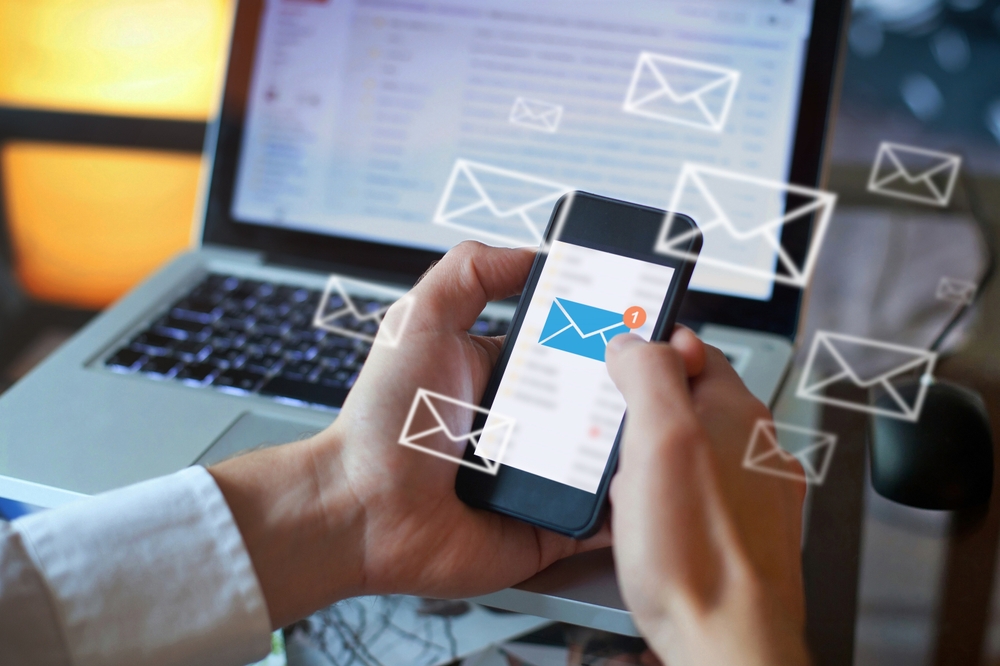
Understanding and leveraging demographic data is vital for effective email targeting. By enhancing customer profiles through data appends, businesses gain a more precise understanding of each lead’s needs and preferences.
Data appends allow you to add key information such as industry, job title, or company size to your existing email lists, allowing for more targeted campaigns. Here’s how this process benefits B2B email marketing:
For more on using data to refine your email strategy, visit our post on demographic data for B2B marketing.
Segmenting email lists by purchase intent enables a more strategic approach to lead nurturing. This approach identifies prospects at different stages of the buying cycle, allowing you to focus on leads who are ready to make decisions.
Segmentation based on purchase intent can significantly improve conversions and is a critical tactic in converting high-value B2B leads.
Triggered emails are sent automatically in response to a lead’s action, such as signing up for a newsletter or viewing specific web content. This allows for a timely, relevant follow-up that can encourage further engagement and nurture the lead towards conversion.
Triggered emails are highly effective, as they are sent based on a user’s genuine interest, providing a more personalized experience that increases engagement. Learn more about leveraging trigger-based emails in our article on content-based lead generation tactics.
Testing various elements of your email campaigns helps ensure you’re using the best possible tactics for maximum impact. A/B testing involves creating two versions of an email with slight variations and then analyzing which one performs better.
Even minor adjustments can lead to significant improvements in open and click rates, giving you a more refined and impactful lead generation strategy. For a deeper dive into optimizing email marketing, explore our comprehensive guide.
ABM is an increasingly popular approach in B2B marketing, targeting specific high-value accounts with personalized campaigns. By focusing on key decision-makers within target accounts, ABM via email becomes a powerful tactic for securing high-converting leads.
ABM is particularly beneficial for companies with a focused client base and is one of the most effective strategies for building strong, long-term relationships.
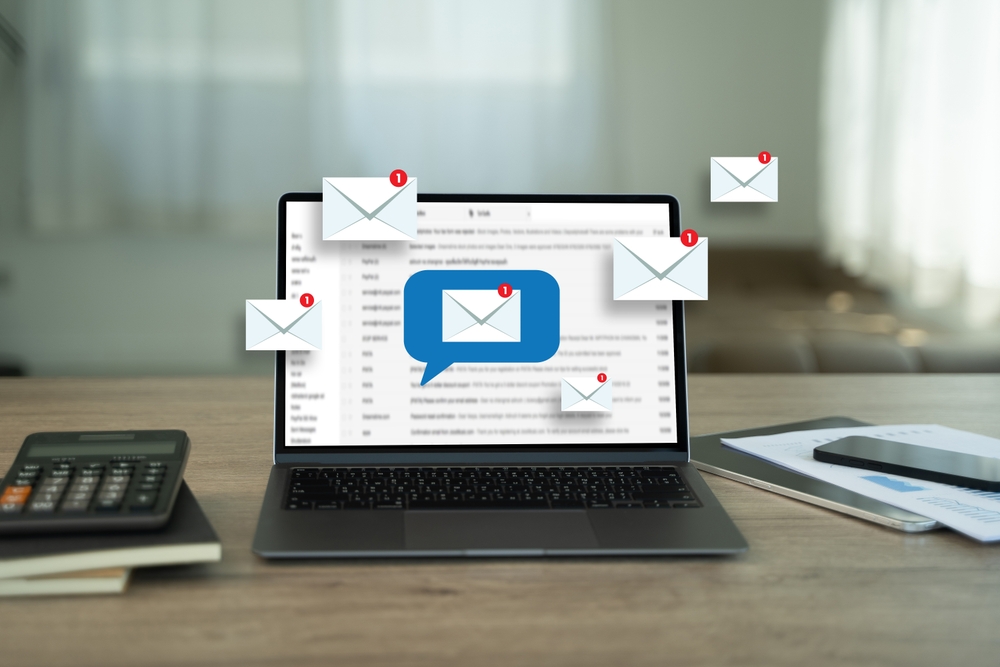
Dynamic content involves tailoring sections of an email to individual subscribers based on their profile data. This enables businesses to create highly personalized emails that speak directly to the recipient’s interests, increasing relevance and engagement.
Dynamic content requires accurate customer data, which can be managed using a data-driven marketing automation platform.
Email retargeting campaigns are a highly effective tactic for reaching users who have shown interest but haven’t yet converted. By using cookies and tracking pixels, marketers can retarget users with relevant emails that remind them of their interest.
Retargeting is a crucial tactic for reminding users of your offerings, ensuring they continue to engage with your brand and make informed decisions.
Behavioral triggers represent one of the most impactful ways to engage prospects through email marketing, as they leverage real-time data to send emails based on user actions. Unlike simple triggered emails, behavioral triggers respond dynamically to more subtle cues, like frequency of visits, time spent on certain pages, or engagement with specific topics.
Behavioral triggers make B2B email outreach more relevant, ensuring content aligns perfectly with the recipient’s recent engagement, which can significantly improve open and response rates.
Lead scoring systems offer an advanced approach to segmenting leads by quantifying their level of interest and readiness to convert. This system assigns points to leads based on engagement metrics like email opens, link clicks, and website visits, creating a data-driven approach to prioritizing high-value leads. Lead scoring works best when combined with a comprehensive CRM and automation strategy.
Lead scoring creates a streamlined, strategic approach to email campaigns, increasing efficiency by ensuring high-quality leads receive the most attention.
Psychographic data goes beyond basic demographic or behavioral information, examining factors like values, beliefs, and motivations to help shape more resonant messaging. By integrating psychographic data into B2B email marketing, companies can craft messages that speak directly to the priorities and pain points of different audience segments, building a deeper connection.
Psychographic targeting adds depth to email campaigns, delivering messaging that resonates on a personal level and fosters a stronger response.

Content marketing pairs effectively with B2B email lead generation by offering leads valuable resources at each stage of their journey. Instead of hard-selling, content-based emails provide education and insights, establishing credibility and nurturing leads over time. This approach is particularly powerful for companies with long sales cycles, as it keeps leads engaged with informative, relevant content.
Leveraging content in email campaigns keeps leads interested and positions your organization as an industry leader. Check out how effective content marketing can be with our article on the role of custom content in lead generation.
The B2B email lead generation landscape is rapidly evolving, demanding innovative tactics to stay competitive. These advanced strategies—from AI-driven personalization and behavioral targeting to psychographic segmentation—offer a path forward for brands looking to improve engagement, build connections, and drive conversions. Leveraging a robust CRM and marketing automation system can ensure each tactic is executed seamlessly, scaling campaigns while keeping personalization intact.
Whether it’s through dynamic content, advanced segmentation, or behavioral triggers, a carefully structured email strategy has the potential to deliver consistent, measurable results. For those committed to optimizing their approach, these email lead generation tactics lay the groundwork for attracting, nurturing, and converting high-value B2B leads, creating a substantial advantage in a crowded market.
Explore more detailed resources and discover new strategies on our B2B marketing blog to further refine your approach and enhance your organization’s lead generation success.
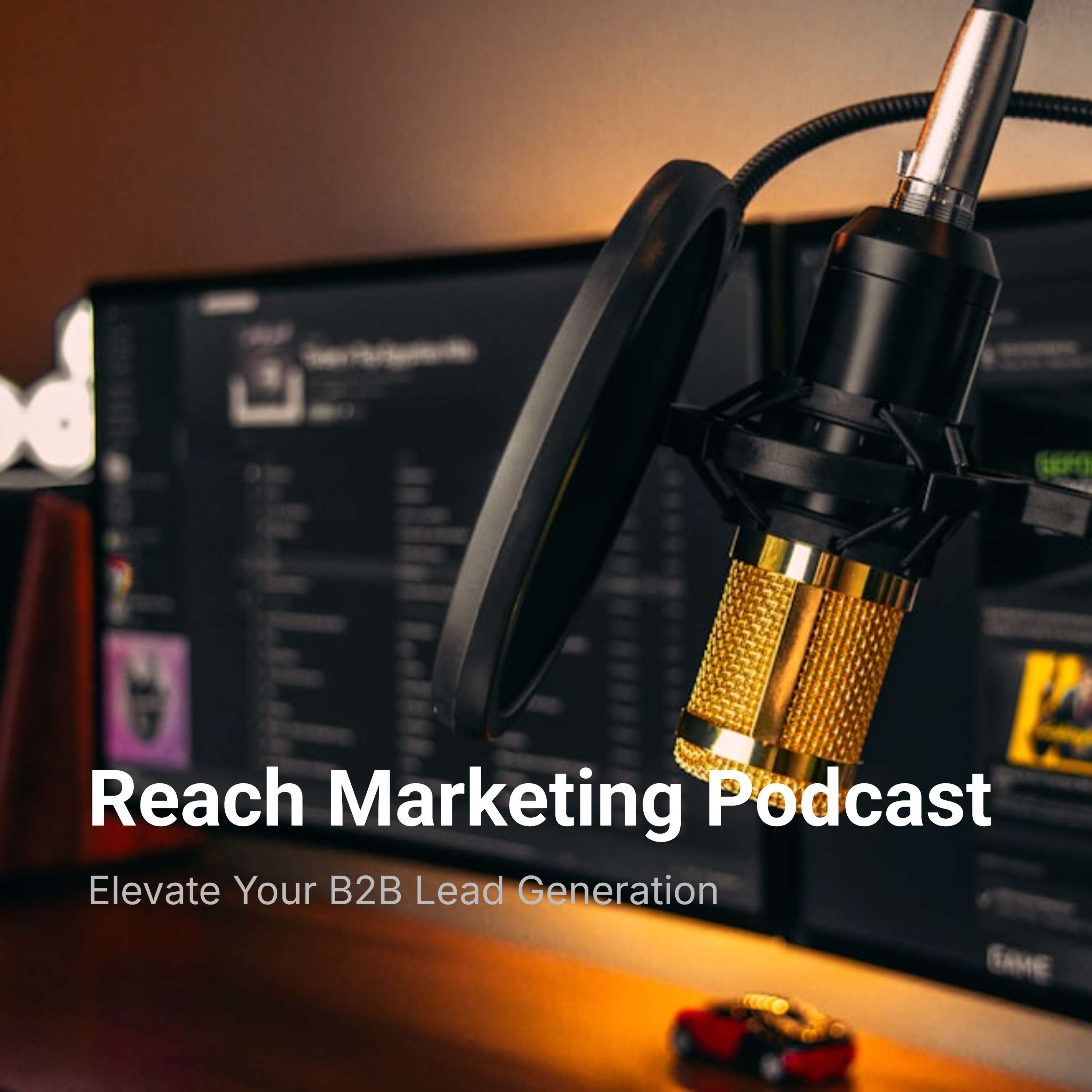
Understanding B2B Lead Generation: A Detailed Table of Contents Source: Excerpts from “How To Generate B2B Leads” by Lauren Popek, Marketing Director (Reach Marketing...

by Reach Marketing Editorial Staff Let’s cut to the chase: your inbox as a B2B executive is a battlefield. Between spam, endless pitches, and...
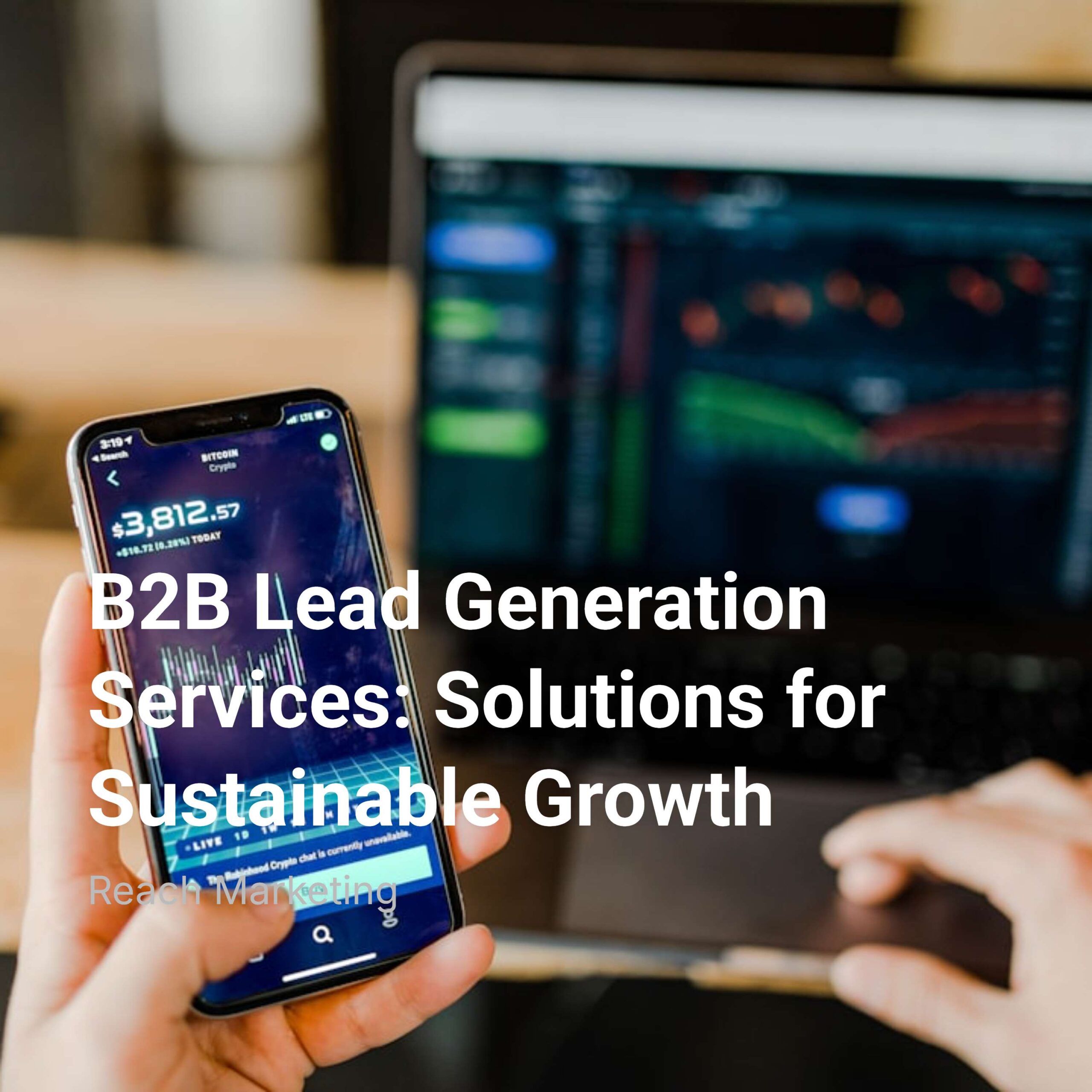
B2B lead generation has emerged as a critical driver for companies aiming to expand their reach and secure high-value customers. As markets become increasingly...